Due to many reasons, up to now, the art of puppetry (water puppetry, dry puppetry) in Ha Nam has been lost and forgotten, but through the system of documents and memories of the elders, in the past in some places where puppet troupes were active, we have gradually learned about the traces of puppetry in the province, including the water puppet troupe in Noi Roi village (Bac Ly commune, Ly Nhan).
No one remembers exactly when the water puppetry troupe of Noi village was established, but it is known that it existed for hundreds of years and was lost around the 40s of the last century. According to the elders in the village, the first name of the village was Phu Noi, because the village had the art of water puppetry, so the village took two words: "Noi" from the old village name and "Roi" combined to name the village.
Noi Roi village has an old custom: Every year, from the first to the tenth of the third lunar month, the village holds a festival with the participation of the four hamlets. Along with the ceremony, the village festival also has many forms of folk cultural activities (cheo singing, chess, climbing the bridge, catching ducks...) but the most bustling and crowded is the water puppetry at the communal house pond.
Before 1945, the village still had a puppet house (water puppet house), but due to war and natural destruction, the water puppet house was destroyed after a while, now only the foundation on the mound of land in the middle of the lake east of the village communal house remains. At that time, because of the need to make a living, many people in the puppet troupe had to leave the village to wander around to make a living, while those who stayed behind switched to other jobs. Up to now, those who have been attached to and kept the secret of water puppetry are no longer there.
To learn more about water puppetry, we went to Noi Roi village to meet and record stories from some elders who were told by their ancestors about the village's water puppetry. We would like to piece together some initial information about water puppetry in Noi Roi village for readers to refer to:
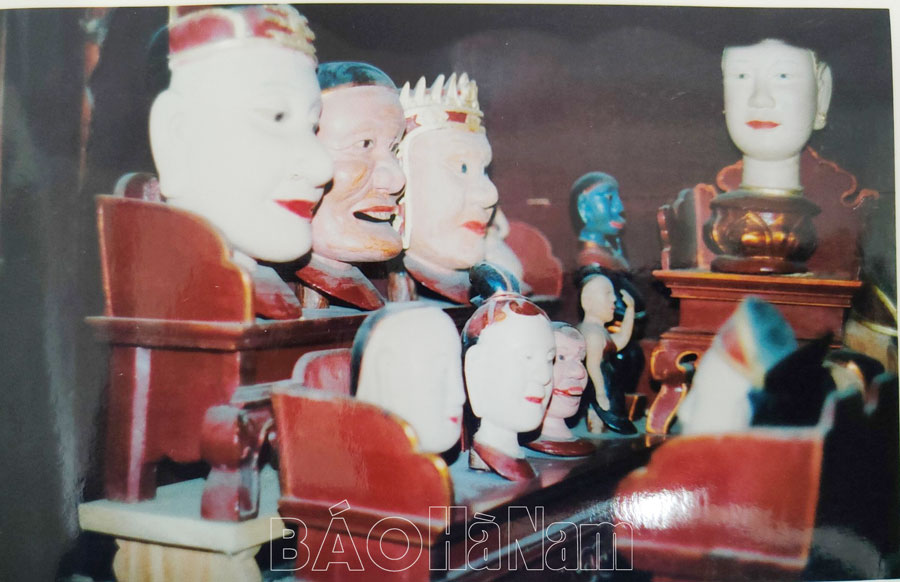
About the puppet making process:
Like many other puppet villages, Noi Roi people often choose old, light, floating fig wood to create puppets. The fig wood chosen to make puppets must have fine grain, no worm holes, no knots, and not easily broken. The craftsman cuts the wood into pieces the size of the puppet, peels off the bark, and lets the wood dry gradually (the puppets will become waterlogged and rot if the wood is not dried thoroughly).
In the art of water puppetry, the role of shaping is very important. Creating the puppet has two main tasks: One is shaping the face, limbs, and body of the puppet; the other is dressing and applying makeup to the wooden puppet to become a character in the play. The props attached to the puppet must be suitable for the character that the puppet plays. Another thing worth noting is that in creating the character for each puppet, the artist must have a rich, soaring imagination and always think of the strange and the beautiful. The final step is the stage where the craftsman applies paint to the surface of the puppet according to the following steps: Topcoat (with a layer of lacquer mixed with clay, then using a pebble to polish, then using a colored stone to scrub the puppet's body in water); Primer (the craftsman paints the puppet a few more times to fill in all the cracks, after drying, after each layer of paint, he uses a stone to polish); Silver leafing (while the paint is not yet dry, the craftsman sticks on 3cm long, 4cm wide leaves).
Water puppetry:
The puppeteers of the village use bamboo sticks connected by ropes to make them light to control the puppets to perform movements from simple to complex. The puppet troupe's performances include the following plays: "Lighting firecrackers, opening the flag", "Four Spirits Dance", "Fishing", "Flag-raising", "Teu Dance", "Farming", "Lion Dance", "Horse Fighting", "Duck Herding, Playing Marbles", "Boat Racing"... vividly reflecting the life of labor, production, daily life, and traditional beliefs of the rice-growing residents. At the same time, it praises the love for the homeland and country, promotes the tradition of "When drinking water, remember the source", "mutual love and affection" with profound humanistic and humanitarian meanings. The plays are often performed to the background of traditional Cheo music.
Similar to the national art of water puppetry, the art of water puppetry in Noi Roi village originated from wordless plays, attracting viewers with the talent and dexterity of the artists and puppeteers. The art of water puppetry in Noi Roi village was born in the cradle of traditional Cheo art, so the puppeteers here know how to make full use of Cheo music as a background for the sublimation of water puppetry plays. Musical instruments in the puppet troupe include: Percussion (big drum, medium drum, small drum, cymbal, gong, gong); Wind instruments (flute, trumpet, flute...); String instruments (ho, lich, nhi, zither, zither...).
The water puppetry performances captivated the villagers not only by the images on stage but also by the lively, bustling sounds of gongs, drums, and flutes in the acts: “Batch the flag”, “Lion Dance”, “Tu Linh Dance”…. The Cheo music that served as the background for the water puppetry, sometimes cheerful and bustling (with the melodies of Xam xoan, Tu quy, Luu thuy, Dep qua cau, Dep co phong...), sometimes mournful and soulful (with the melodies of Via, Ngam Song...), created an unexpected effect that captivated the audience.
Noi Roi village's water puppetry is the crystallization of the creativity, intelligence and ingenuity of the local people over many generations. In the past, the village's water puppetry held a unique position in the community's cultural activities, and was proudly called "Oi Loi" by the people of Noi Roi.
Learning more about the art of water puppetry in Noi Roi, we also discovered some very remarkable information. That is, at Chuong Luong communal house, Chuong village (in the same commune as Bac Ly), there is still a portrait statue of "The Forty-Eight Oi Loi (ancient name for puppetry) Van Chat ton than" and 18 puppets. In the past, Chuong village had many annual ceremonies, including the 15th day of the seventh lunar month (commemorating the death anniversary) and the 12th day of the eighth lunar month (commemorating the birth anniversary) of the Eighteen Oi Loi ton than. On these two days, there was a ritual performance of 18 puppets accompanied by a song of praise.
The statue of the Eighteen Oi Loi deity Van Chat was placed on a throne and carried around the village. Afterwards, the procession returned to the communal house to perform the solemn ceremony of installing the throne. The villagers asked for permission to carry 18 puppet heads, namely 18 puppet masters of 18 vassal states of the Ming Dynasty (according to the genealogy) to perform before the witness of Thanh Hoang Van Chat.
The discovery and study of the art of water puppetry in Noi Roi village, Chuong Luong (Bac Ly) and through ancient documents give us a more comprehensive view of the art of puppetry in Ha Nam. At the same time, it is the basis for specialized management agencies in the coming time to take measures to restore and proceed to compile a scientific dossier on water puppetry to propose the Ministry of Culture, Sports and Tourism to include it in the list of National Intangible Cultural Heritage.
Returning to the origin of the nation's water puppetry, the oldest evidence of this art form is the description in the Sung Thien Dien Linh stele (Doi pagoda): “The waves tremble. The golden turtle rises to carry three mountains. The water flows rhythmically, the turtle blooms, showing its beautiful scales, moves its four legs and bares its teeth, opens its eyes to spray water to perform, the dance is bright on the water's surface. This cave, that door competes to open, many graceful angels appear, their faces are fresh, how can they be the beauty of the world. Soft hands dance the wind back, eyes look at the blue clouds and sing the song of the gathering of clouds. Horned phoenixes join together in pairs. All dance and show off”.
Through the above descriptive passage, we can see that water puppetry during the Ly Dynasty had sophisticated techniques and reached a high level of art. When it was performed in the royal court, it must have been formed and developed in the countryside over a period of time, becoming a form of entertainment during festivals and ceremonies. The stele also clearly states: King Ly Nhan Tong was very fond of this art form and personally ordered the creation of a model of the golden turtle water puppet to enjoy the fairy scene when the weather was nice during the mid-autumn festival. And one of the famous scenic spots where he enjoyed his leisure time was Doi Pagoda. Therefore, during the Doi Pagoda festival, water puppetry is a part of recreating the peaceful landscape of the Ly Dynasty, the humanistic ideas of Ly Nhan Tong and the spiritual and cultural activities of the local residents at that time.
The discovery and study of the art of water puppetry in Noi Roi village, Chuong Luong (Bac Ly) and through ancient documents give us a more comprehensive view of the art of puppetry in Ha Nam. At the same time, it is the basis for specialized management agencies in the coming time to take measures to restore and proceed to compile a scientific dossier on water puppetry to propose the Ministry of Culture, Sports and Tourism to include it in the list of National Intangible Cultural Heritage.
Do Van Hien (Director of Ha Nam Provincial Museum)
Source


![[Photo] Memorial service for former President Tran Duc Luong in Hanoi](https://vphoto.vietnam.vn/thumb/1200x675/vietnam/resource/IMAGE/2025/5/25/c9d24daa63ae4b24b820fd37c633ae81)

![[Photo] Ho Chi Minh City holds funeral for former President Tran Duc Luong](https://vphoto.vietnam.vn/thumb/1200x675/vietnam/resource/IMAGE/2025/5/24/9c1858ebd3d04170b6cef2e6bcb2019e)

![[Photo] The Government Standing Committee works with ministries and branches on the real estate market situation.](https://vphoto.vietnam.vn/thumb/1200x675/vietnam/resource/IMAGE/2025/5/24/e9b5bc2313d14c9499b8c9b83226adba)
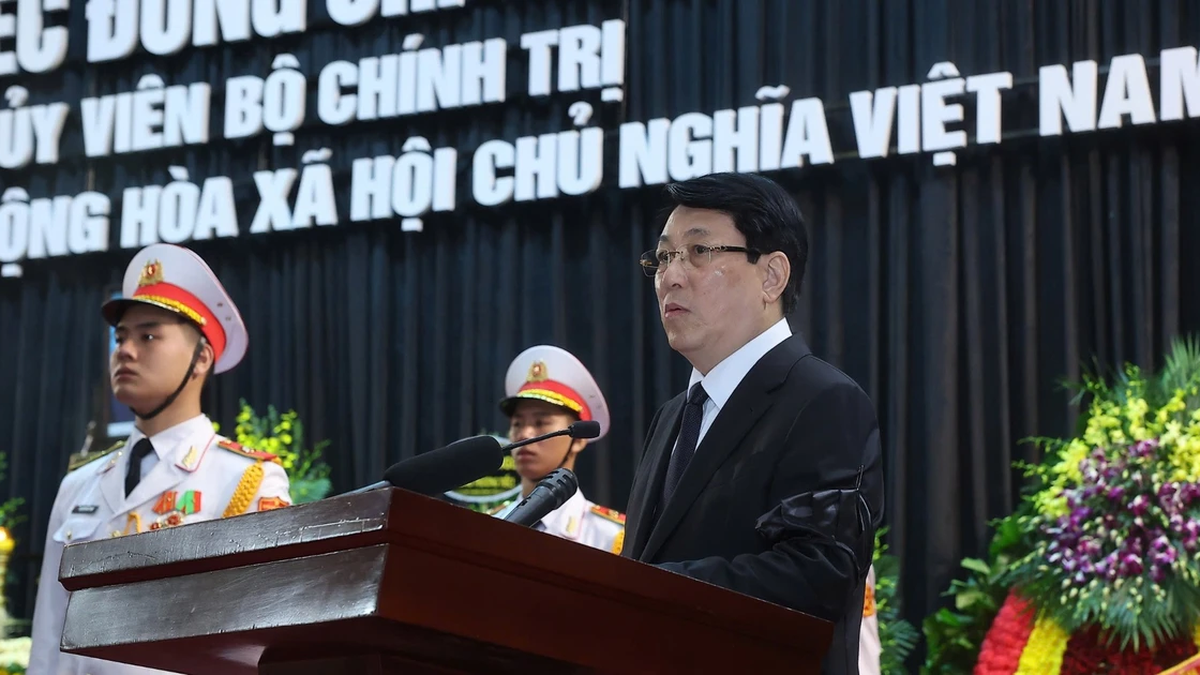
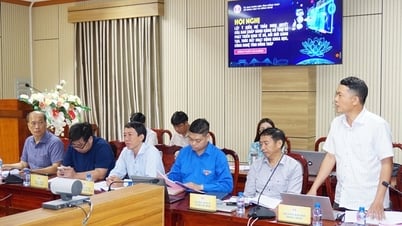

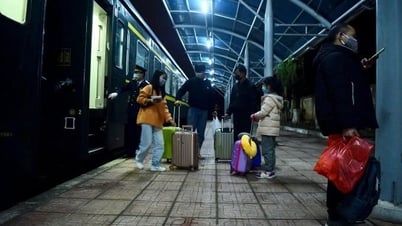

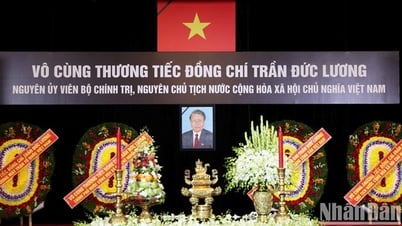
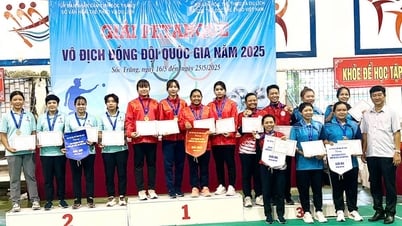









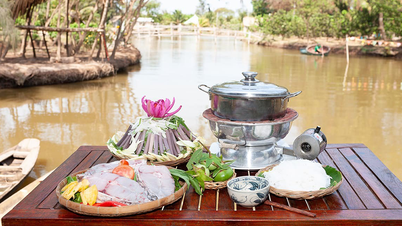
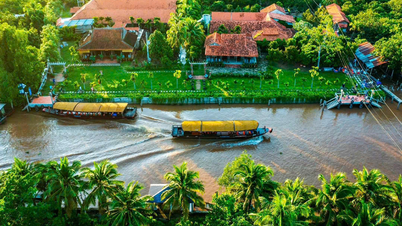

![[Photo] Party and State leaders visit former President Tran Duc Luong](https://vphoto.vietnam.vn/thumb/1200x675/vietnam/resource/IMAGE/2025/5/24/960db9b19102400e8df68d5a6caadcf6)


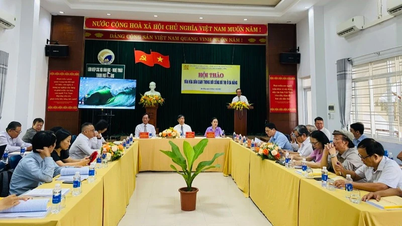




























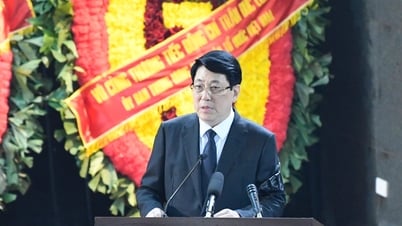
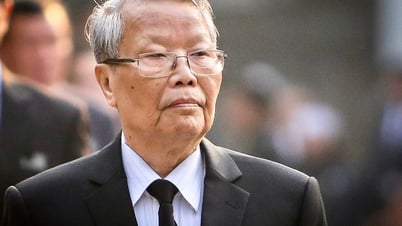
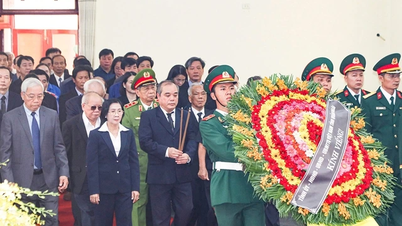
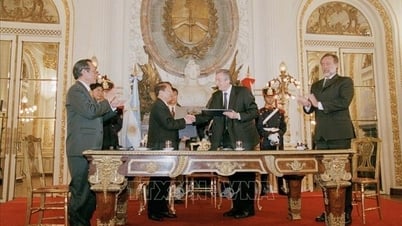










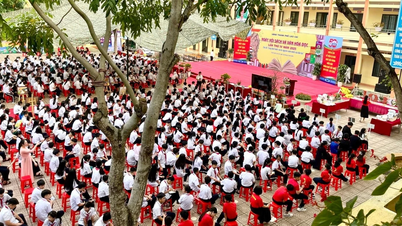


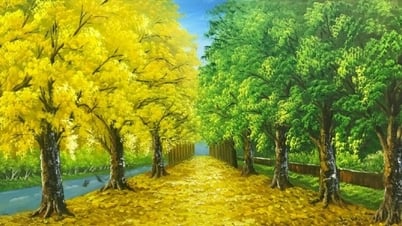

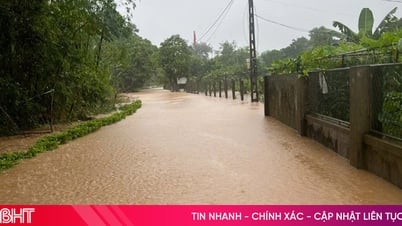

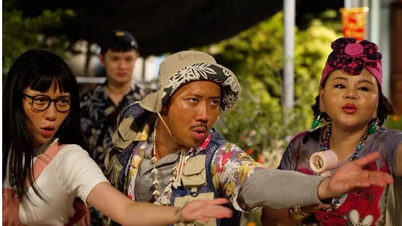















Comment (0)